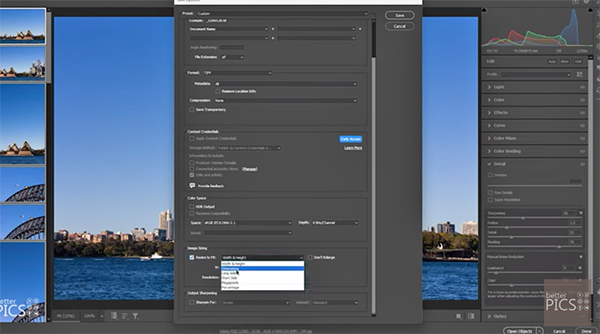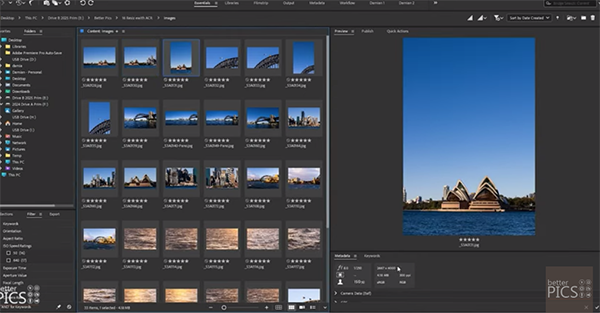Want Epic Landscape Photos? Enhance the Foreground in Lightroom (VIDEO)
Today’s step-by-step Lightroom post-processing guide from the PHLOG Photography YouTube channel reveals a simple and effective method for creating eye-catching nature and landscape photos by accentuating foreground elements in an image. The straightforward technique works wonders for drawing viewers into a scene, balancing exposure and color, and improving the impact of composition.
Instructor Christian Mohrle is a notable shooter and post-processing expert who gave himself the ambitious goal of becoming one of the best landscape photographers in Germany without turning pro. A quick glance at his awe-inspiring portfolio will convince you he’s already there.
One of the secrets to Mohrle’s success is that he’s mastered the art of embellishing the foreground in his images, and you’ll learn how to mimic this technique with precision in the next 16 minutes. Feel free to follow along and make the changes yourself by downloading his sample image using a link in the description beneath the video.

The photo is super dark and was shot at a high ISO setting, so Mohrle begins the process by navigating to Lightroom’s Details tab and applying AI Denoise. This initial step provides far more flexibility and control for subsequent enhancements. Another quick trick is changing the profile from Adobe Color to Adobe Standard for reasons he explains.
Mohrle then makes a few global adjustments to the original shot to prepare it for the transformational masking, color grading, and other key techniques that follow later in the lesson. These preliminary enhancements include modifications to exposure, color temperature, texture, clarity, and contrast. He also carefully reduces dehaze and creates a subtle glow.
The fun part now begins by applying a few masks to selectively enhance various portions of the frame in individual ways, and Mohrle illustrates how easy this is to do. The impressive transformation concludes with thoughtful color grading, judicious sharpening, and a bit of focus stacking and cleanup in Photoshop. Check out Mohrle’s before/after examples and you be convinced.

Then take a look at the instructional PHLOG Photography YouTube channel where there are many more tips and techniques for everyone who shoots outdoors.
We also recommend watching the earlier tutorial we featured with another pro’s take on the awesomeness of Lightroom and Photoshop Blend modes, and the only ones nature photographers really need for editing their images.









